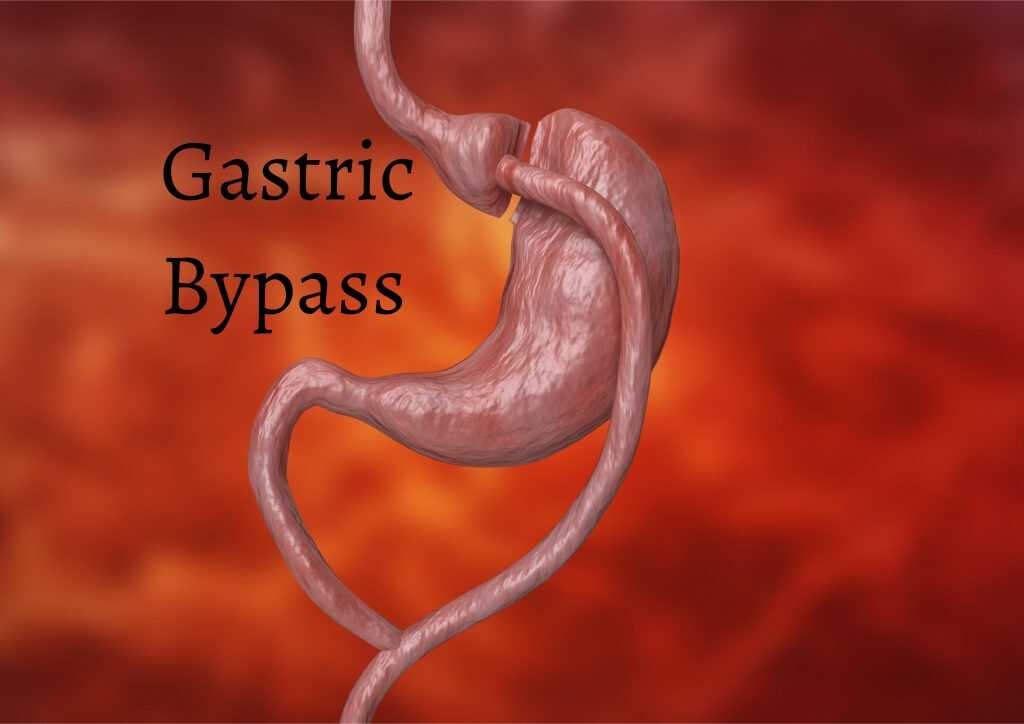Endoscopic Sleeve Gastroplasty (ESG) is an endoscopic minimally invasive weight loss procedure, where a commercially available, FDA approved suturing device (Overstitch™) is used to reduce the stomach volume by 80%. This is accomplished by a series of endoscopy hospital-placed stitches through the stomach wall.

Endoscopic sleeve gastroplasty is a non surgical stomach volume reduction procedure by suturing the the stomach wall, thus reducing the capacity of the stomach to 80% of its original volume, making in to banana shaped stomach, its a day case procedure with no serious complications.
Reducing the stomach volume by 80%, so less calories are consumed.
Early satiety
Delayed emptying of the food, hence feeling full for longer periods.
Surgical sleeve involves resection and removal of the stomach, which is associated with surgical risks along with other major complications including stomach volvulus on the remanent stomach, high risk of acid reflux post surgical sleeve.
Endoscopic Sleeve Gastroplasty (ESG) is one of the option if you want to lose weight on long term without the major surgical risks.
If your BMI is over 28 and diet and exercise did not work.
Endoscopic sleeve gastroplasty leads to significant weight loss. It helps you lose weight by limiting how much you can eat. And the procedure is minimally invasive, reducing the risk of operative complications.


As with other procedures and surgeries that lead to significant weight loss, endoscopic sleeve gastroplasty may improve conditions often related to being overweight, including:
Gastroesophageal reflux disease
Heart disease
Stroke
Severe sleep apnoea
Arthritis
Fatty Liver disease
Type 2 Diabetes
The ESG is a technique of oral stomach reduction through an endoscope, which offers a series of advantages over traditional stomach reduction, among which we can highlight:
Eventhough the ESG procedure is a day case and most people feel better after two days and start their normal living.
Comparative to the surgical options, ESG has least risks, mainly nausea and slight abdominal pain for the first day or so, but these are controlled with medication. Rarely notice some bleeding immediately after the procedure, again this is self limiting.
In addition, although the procedure is not temporary, the procedure can be reversed by removing the stitches, unlike other surgical weight loss procedures.
ESG patients can still be converted to bariatric surgeries at later stage if needed.



Our goal is to deliver quality of care in a courteous, respectful, and compassionate manner. We hope you will allow us to care for you and strive to be the first and best choice for your family healthcare.
If you have any questions or need help, feel free to contact with our team.
WhatsApp us